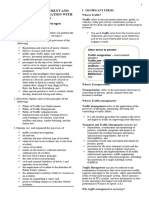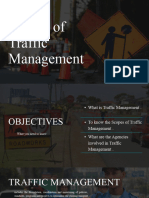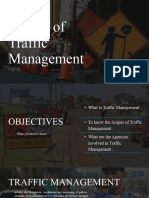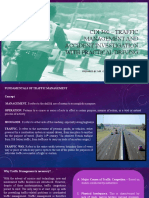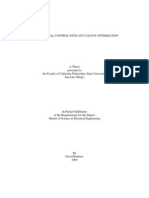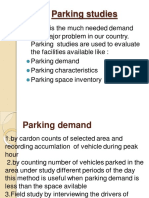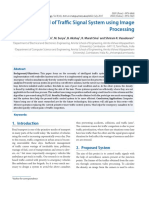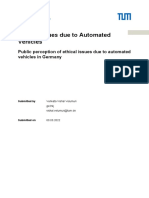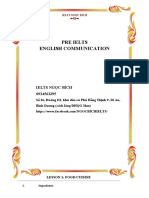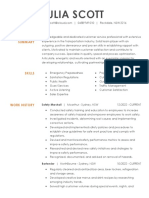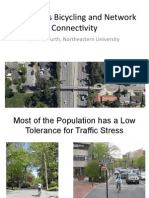0% found this document useful (0 votes)
12 views20 pagesTraffic Management
Traffic management is crucial for ensuring safe and efficient movement of vehicles and pedestrians, addressing congestion, and enhancing road safety through strategic planning and infrastructure design. It involves multiple objectives such as optimizing traffic flow, promoting sustainable transportation, and improving public health, supported by five key pillars: Traffic Engineering, Education, Enforcement, Environment, and Economy. Various government agencies in the Philippines, including the MMDA and DOTr, play significant roles in implementing traffic management policies and ensuring compliance with traffic laws.
Uploaded by
Allyson Merene SumilangCopyright
© © All Rights Reserved
We take content rights seriously. If you suspect this is your content, claim it here.
Available Formats
Download as PDF, TXT or read online on Scribd
0% found this document useful (0 votes)
12 views20 pagesTraffic Management
Traffic management is crucial for ensuring safe and efficient movement of vehicles and pedestrians, addressing congestion, and enhancing road safety through strategic planning and infrastructure design. It involves multiple objectives such as optimizing traffic flow, promoting sustainable transportation, and improving public health, supported by five key pillars: Traffic Engineering, Education, Enforcement, Environment, and Economy. Various government agencies in the Philippines, including the MMDA and DOTr, play significant roles in implementing traffic management policies and ensuring compliance with traffic laws.
Uploaded by
Allyson Merene SumilangCopyright
© © All Rights Reserved
We take content rights seriously. If you suspect this is your content, claim it here.
Available Formats
Download as PDF, TXT or read online on Scribd
/ 20









